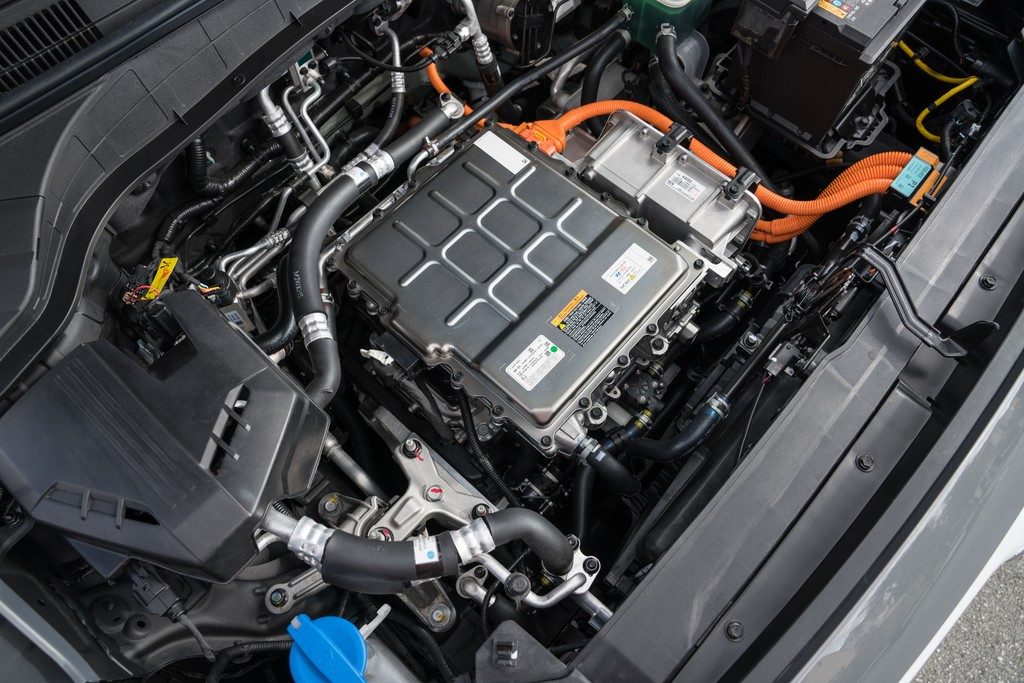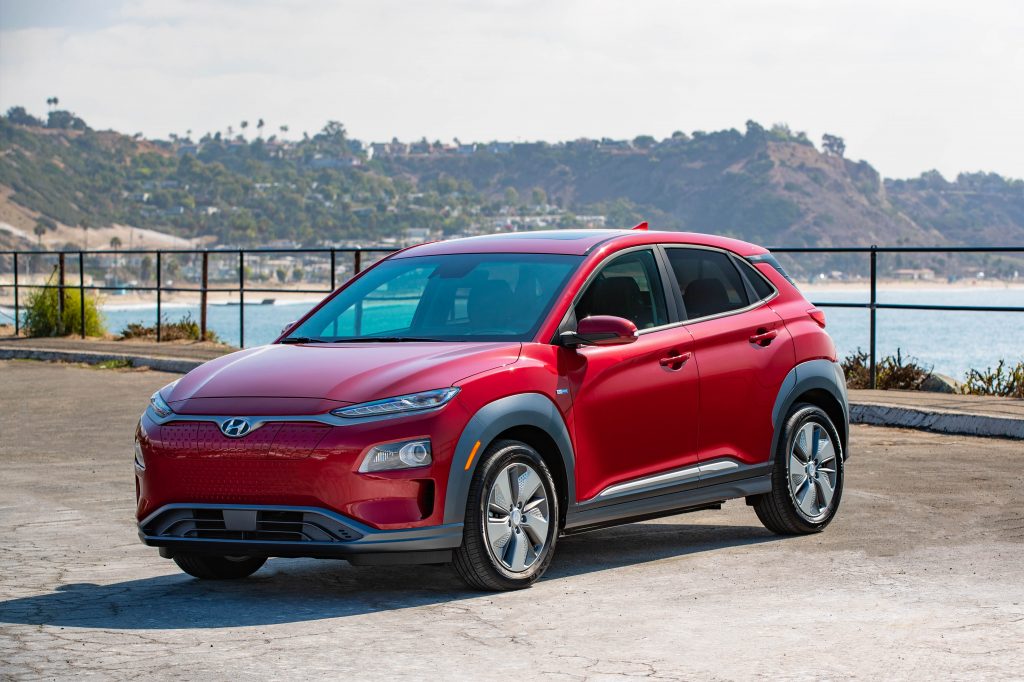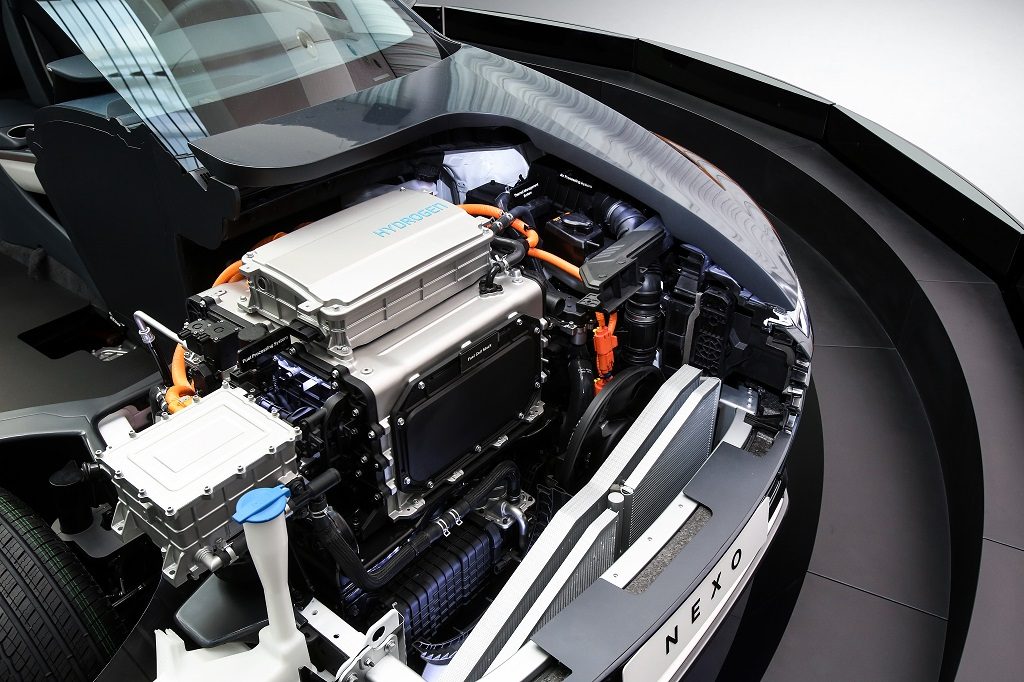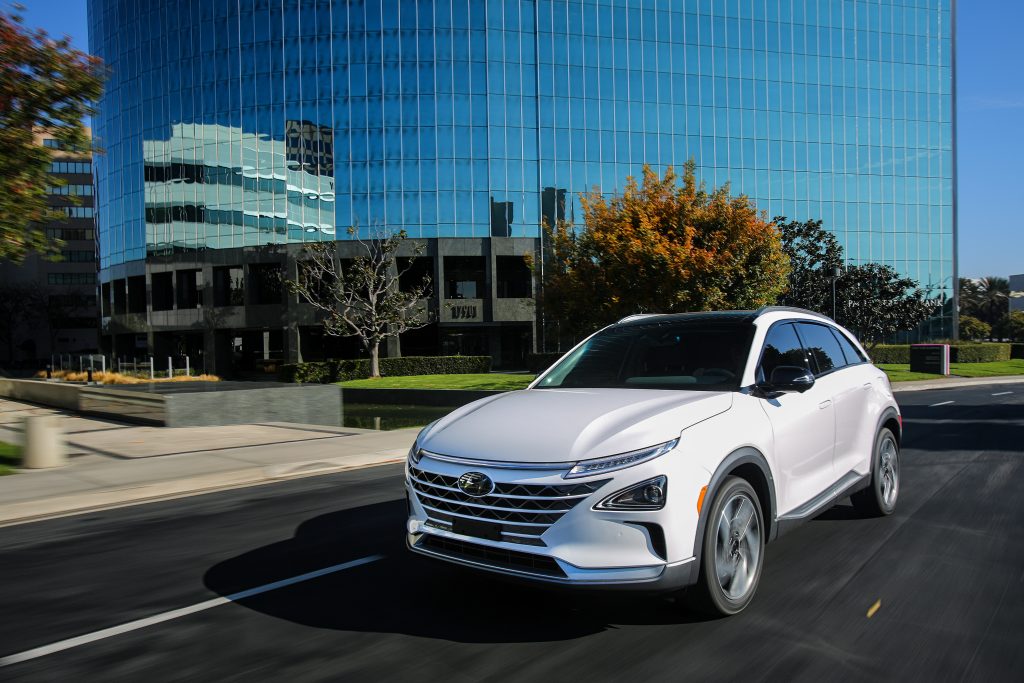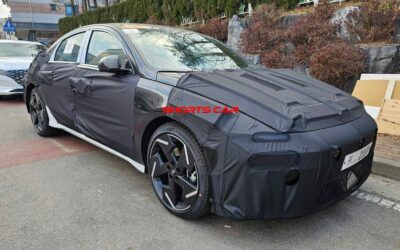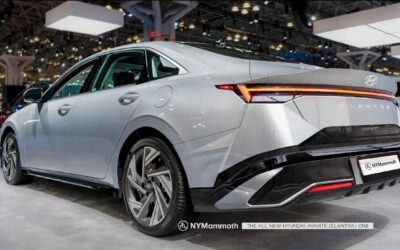Hyundai earns two out of the ten coveted spots in the 2019 WardsAuto 10 Best Engine competition for the all-new 2019 NEXO FCEV and 2019 Kona Electric CUVs. The recognition highlights the compelling powertrains achieved through sophisticated fuel-efficient architecture and performance of the engines. This marks the tenth time Hyundai has earned a WardsAuto 10 Best Engine recognition since the awards’ annual inception in 1995.
[ads id=”9″]
“It is a true honor to have two of our all-new eco-friendly engine applications receive this prestigious award as it underscores Hyundai’s momentum toward having the industry’s most diverse CUV powertrain lineup,” said John Juriga, director, Powertrains, Hyundai America Technical Center, Hyundai Motor Group. “The endless hours of research, evaluation and real-world analysis by our engineering community has effectively raised the bar for alternative fuel applications. We are very proud of what has been achieved in this highly competitive marketplace. We are committed to providing smart, alternative fuel solutions for car buyers, and look forward to continue growing our eco-vehicle portfolio.”
Hyundai Motor Company plans to introduce 18 models by 2025. NEXO leads Hyundai Motor’s plans in development of zero-emission vehicles. This new development plan also represents the next step for Hyundai Motor Group toward realizing a cleaner environment via advanced eco-friendly vehicles.
This year’s winners (in alphabetical order by brand):
- 3.0L (B58) DOHC Turbocharged I-6 (BMW X5)
- 6.2L OHV V-8 with DFM (Chevrolet Silverado)
- 5.0L DOHC V-8 (Ford Mustang GT/Bullitt)
- 3.0L DOHC TurboDiesel V-6 (Ford F-150)
- 2.0L DOHC Atkinson i-VTEC 4-Cyl./HEV (Honda Accord Hybrid)
- 120-kW Fuel Cell/Electric Propulsion System (Hyundai Nexo)
- 150-kW Propulsion System (Hyundai Kona EV)
- 2.0L DOHC VC-Turbo 4-Cyl. (Infiniti QX50)
- 2.0L DOHC Atkinson 4-Cyl./HEV (Lexus UX 250h)
- 3.6L DOHC Pentastar eTorque V-6 (Ram 1500)
The NEXO is Hyundai’s flagship vehicle and improves upon the Tucson FCEV. The NEXO Blue model has an estimated driving range of 380 miles, 115 more than its predecessor. The NEXO Limited trim has an estimated range of 354 miles. NEXO Blue models have estimated MPGe of 65 city, 58 highway and 61 combined, while NEXO Limited models have an estimated MPGe of 59 city, 54 highway, and 57 combined.
According to Drew Winter, senior content director at WardsAuto, “The fuel-cell race is heating up and Hyundai’s fun-to-drive NEXO leads the pack with a range of up to 380 miles, fuel tank packaging that does not compromise legroom or cargo space and a component strategy that will enable Hyundai to scale up production volumes at lower cost in the future.”
In addition, the NEXO’s refueling time can be achieved in as little as five minutes, allowing a consumer lifestyle very similar to a comparable gasoline-powered SUV in terms of range and refueling speed. NEXO hydrogen storage uses three separate hydrogen tanks in the rear of the vehicle. These are configured to maximize overall interior volume, especially in the rear cargo area, increasing it by 5.8 cubic feet and allowing for a flatter load floor. With 161 peak horse-power (120 kW) and 291 lb.-ft. of torque, acceleration and power have also increased to improve NEXO overall performance.
[ads id=”8″]
Hyundai finds success with its all-new 2019 Kona Electric featuring a class-leading 258 miles of range. The new electric CUV offers youthful design, sporty driving character, leading safety technology and advanced infotainment features in an affordable, compact footprint along with anabundant suite of standard safety equipment. Additionally, the Kona’s Electric battery is coveredby Hyundai’s industry leading Lifetime Battery Warranty.
“The Hyundai Kona’s neck snapping power and torque make it a blast to drive, whether accelerating from a stoplight or passing on the expressway,” commented Drew Winter, WardsAuto. “And with 258 miles of EPA-estimated all-electric range, the Kona is the longest-range, non-Tesla battery-electric vehicle available in the U.S., making it attractive to those who want gasoline-engine-like range in a popular crossover body style.” He added, “The icing on the cake is its very affordable.”
The Kona Electric powertrain employs a high-efficiency 150 kW (201 horsepower) permanent-magnet synchronous electric motor supplied by a high-voltage 64 kWh lithium-ion battery. The motor develops 291 lb.ft. of torque distributed to the front wheels. The powertrain inverter has a power density of 25.4 kVA per liter.
The battery system is liquid cooled and operates at 356 volts. Battery pack energy density is 141.3 Wh/kg (greater than Chevy Bolt), with a total battery system weight under 1,000 lbs. In addition, Kona Electric EPA estimated MPGe is 132 city, 108 highway, and 120 combined.
This is the 25th year for WardsAuto 10 Best Engines, a competition created to recognize outstanding powertrain achievement, world-class technologies and those rare engines or electric propulsion systems that are so compelling that they help sell the vehicle. This year, 34 entries were competing for the prestigious recognition and were chosen from 2018 and 2019 model year vehicles. To be eligible, a new or significantly modified engine or propulsion system must be on sale in a production vehicle during the first quarter of 2019, with a base price capped at $64,000.
WardsAuto 10 Best Engines is the ultimate list that defines the industry’s outstanding powertrains. Since the list began in 1995, Hyundai has been honored ten times: the Tau V-8 was in 2009 (4.6-liter), 2010 (4.6-liter) and 2011 (5.0-liter); the Gamma I-4 in 2012; the hydrogen fuel cell powertrain in 2015; the Nu (2.0-liter plug-in Hybrid) in 2016; the four-cylinder Turbocharged DOHC (1.4-liter); and the (3.3-liter) in 2018. The 2019 awards ceremony will take place at a banquet during the North American International Auto Show on January 16, 2019, in Detroit.


